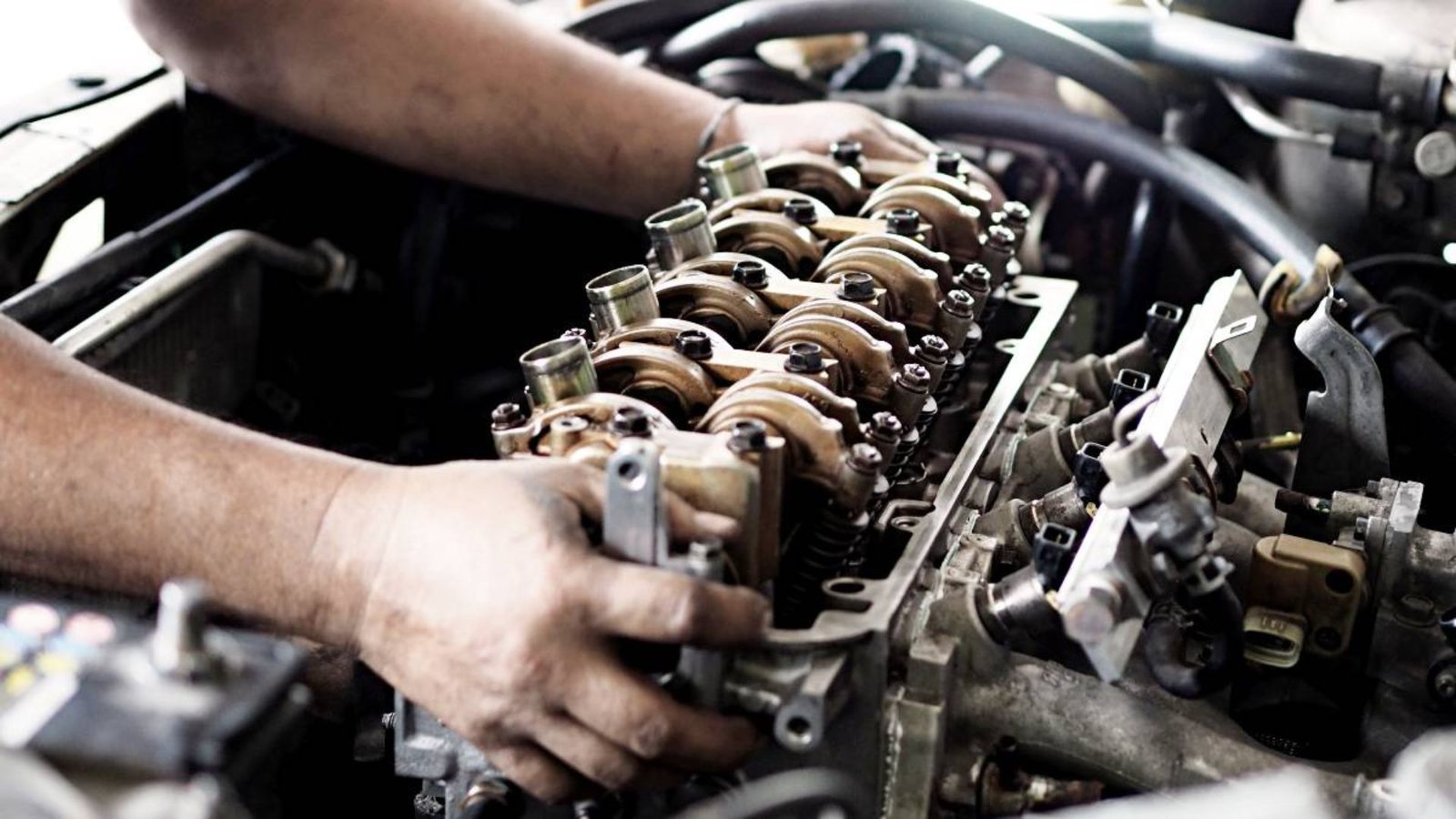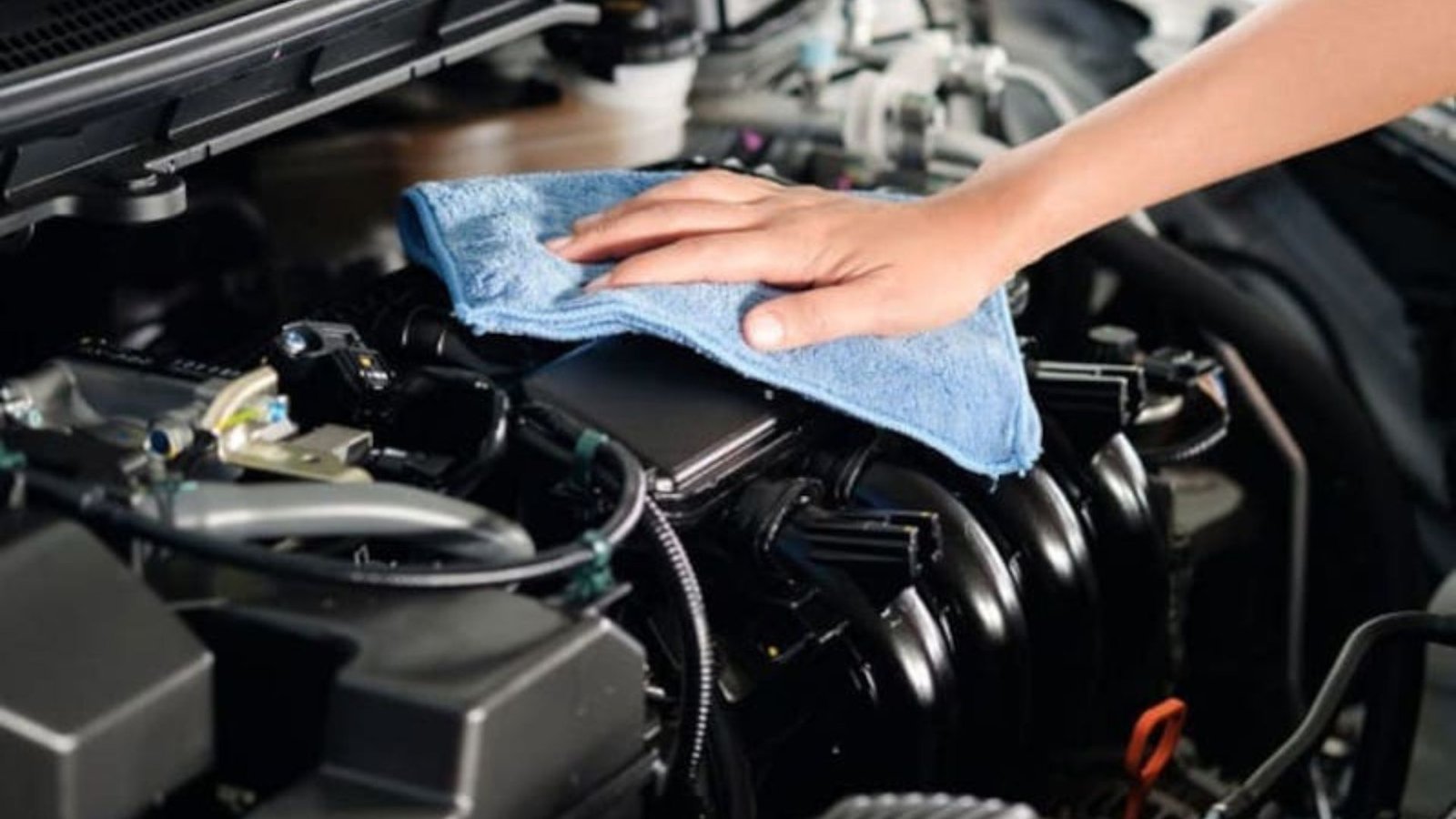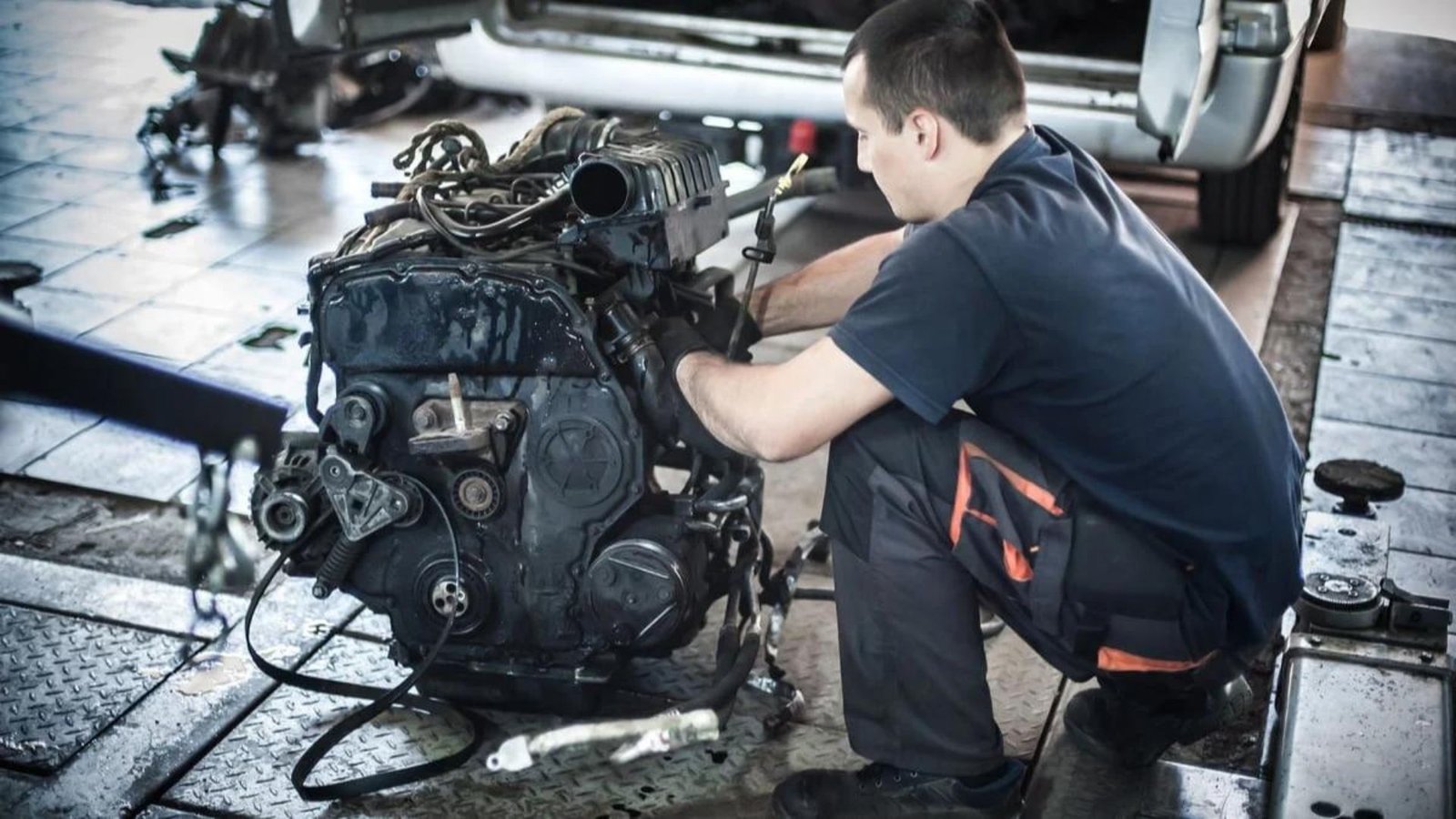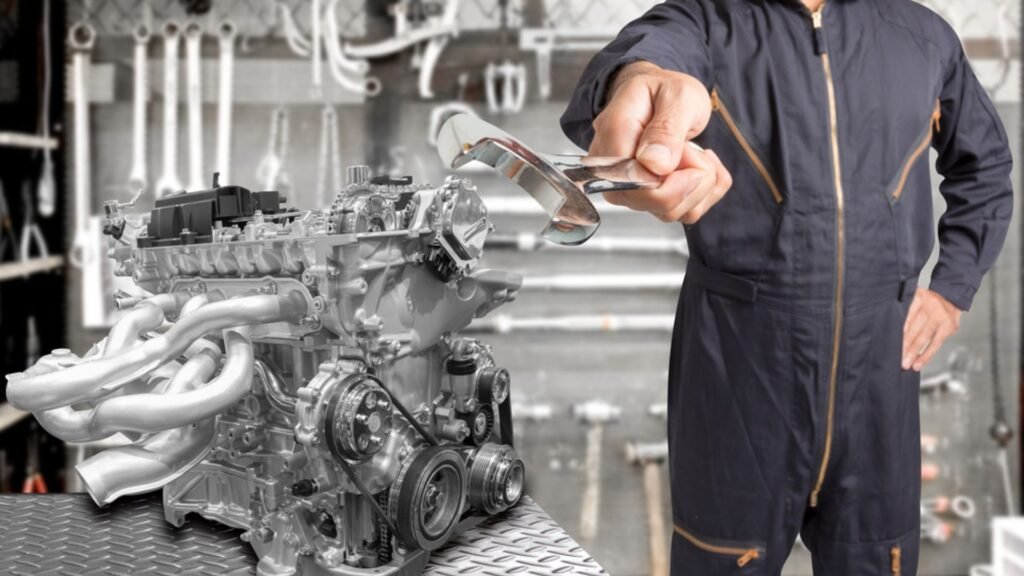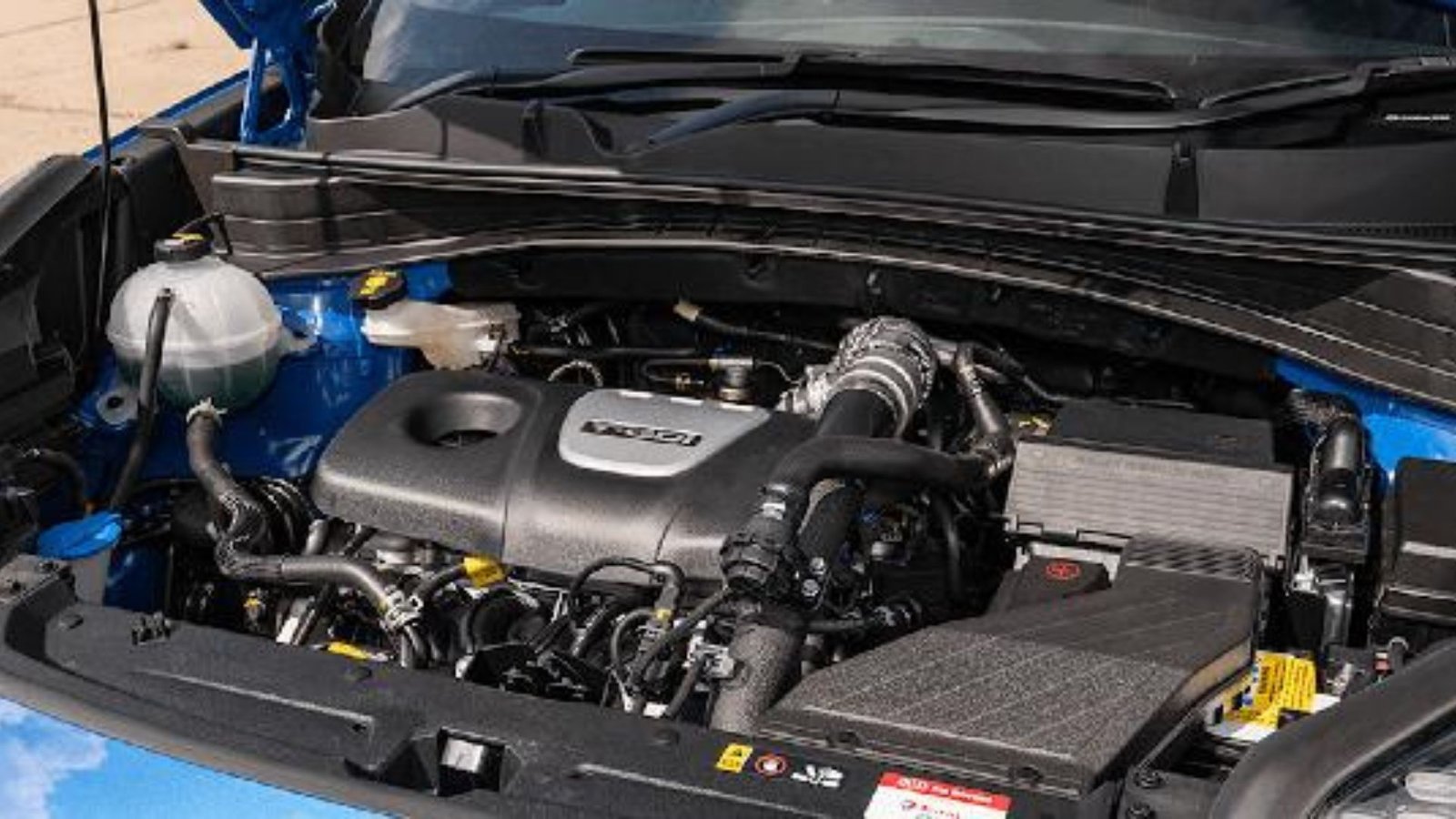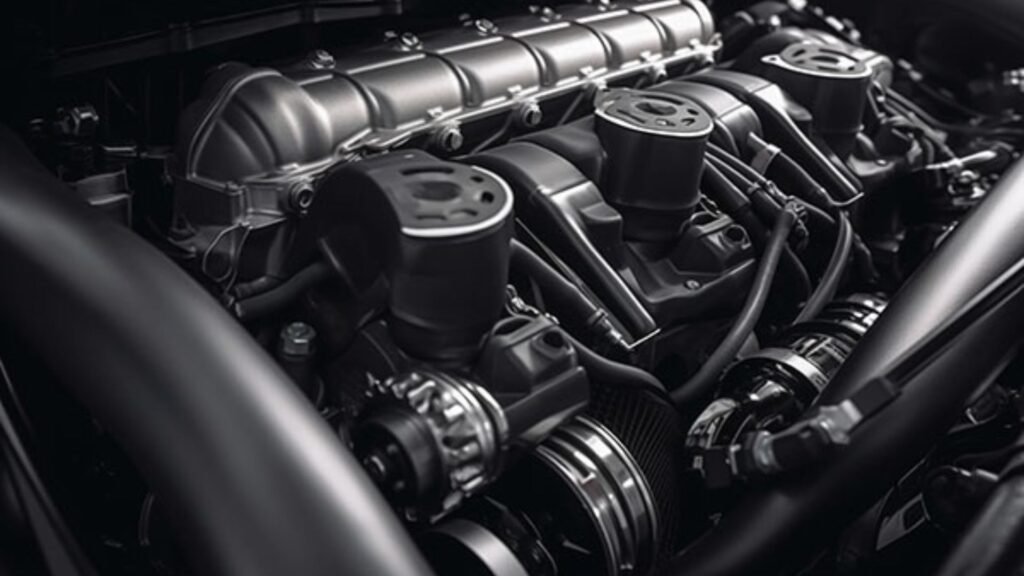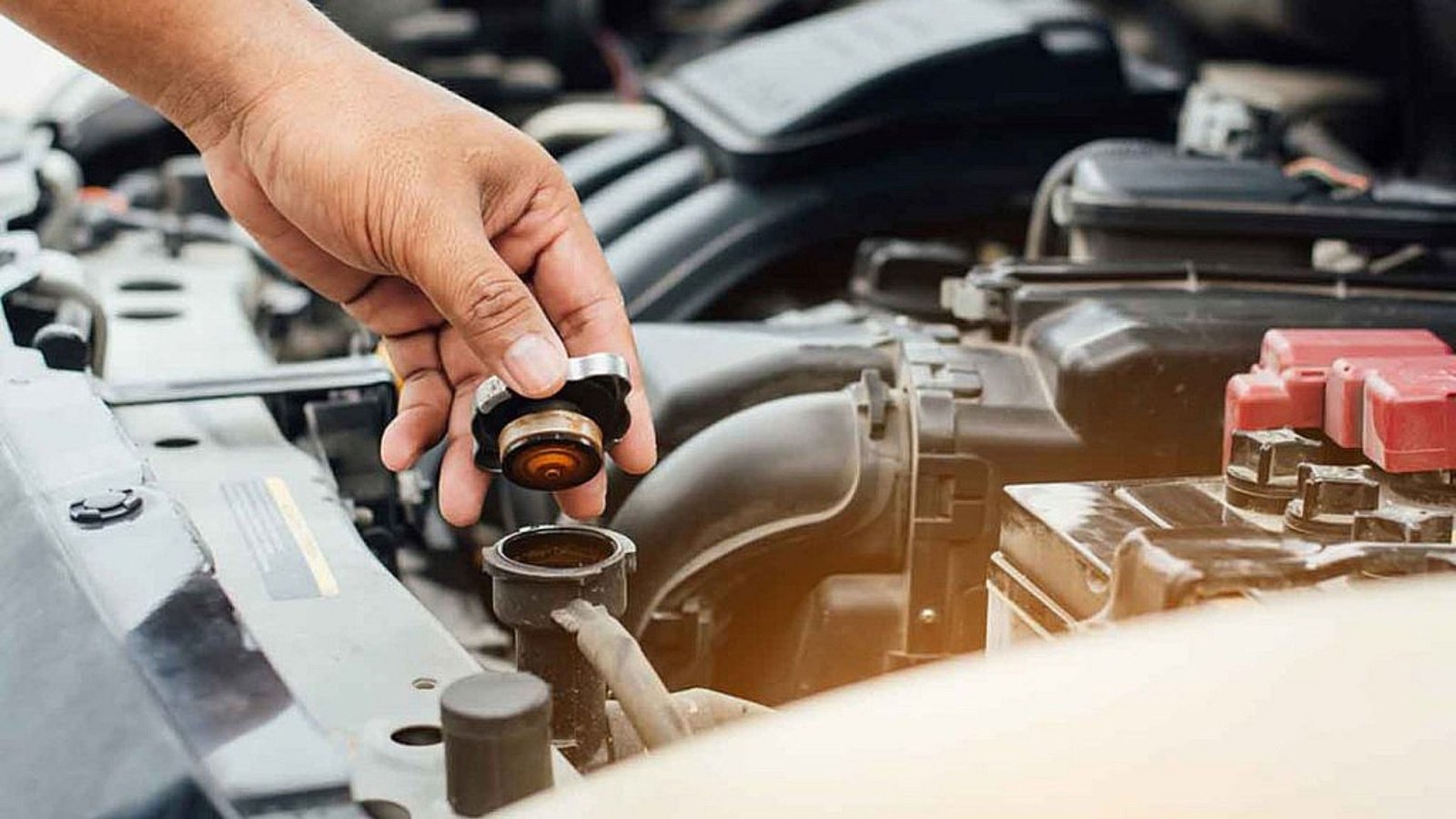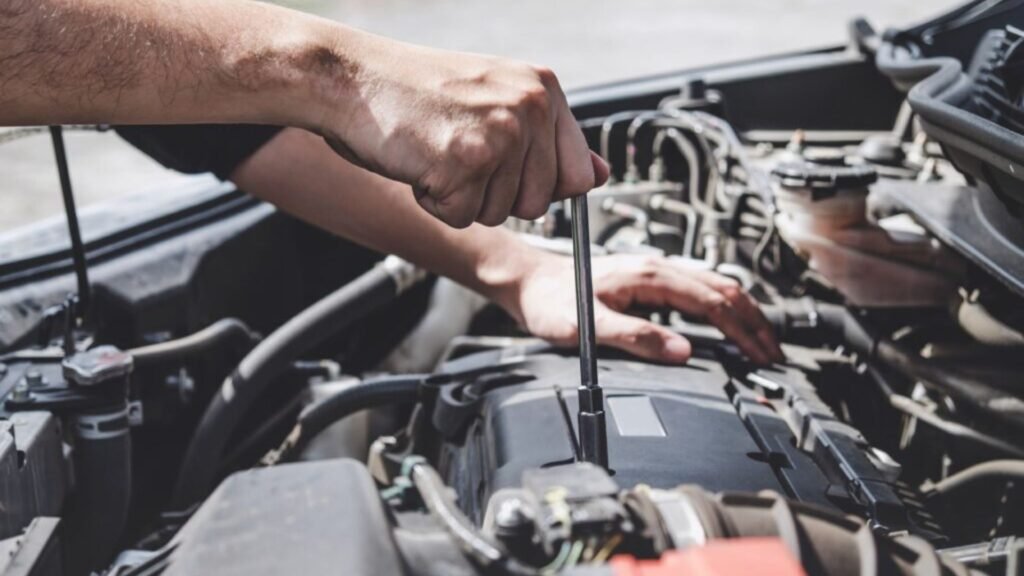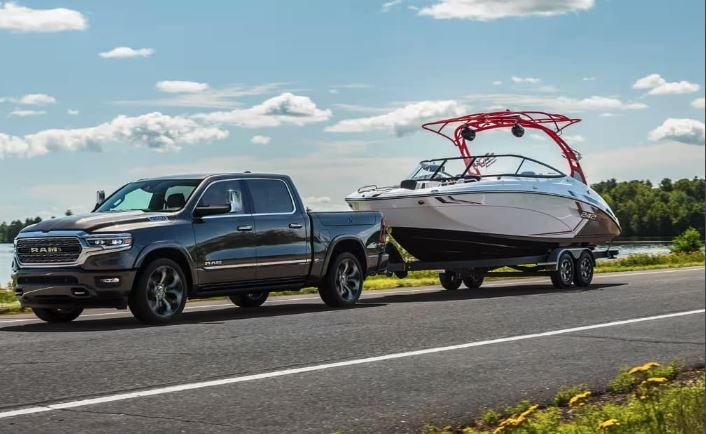Chrysler has undergone a remarkable transformation in its brand identity over the decades. From its early beginnings to its current position in the automotive industry, Chrysler’s brand has evolved significantly. This evolution reflects changes in consumer preferences, technological advancements, and shifts in the automotive market. This article explores how Chrysler’s brand identity has evolved over the years.

Early Years: Establishing a Legacy
Chrysler first made its mark in the automotive world in the early 20th century. The company’s initial brand identity was centered around innovation and reliability.
- Founding Era: Founded in 1925, Chrysler quickly established itself as a forward-thinking automaker. The brand focused on introducing innovative features such as the first mass-produced automobile with a high-compression engine. Chrysler’s emphasis on engineering excellence set a strong foundation for its brand identity.
- Design Innovations: During the 1930s, Chrysler introduced a range of design innovations, including the Airflow, one of the first cars to feature aerodynamic design. This period marked Chrysler’s commitment to advanced engineering and stylish design, elements that became integral to its brand identity.
- Post-War Era: After World War II, Chrysler continued to build on its reputation for innovation and reliability. The company introduced new models that incorporated advanced technology and modern design. The brand’s focus during this time was on providing vehicles that met the evolving needs of American consumers.
The Muscle Car Era: Performance and Power
Chrysler’s brand identity underwent a significant shift during the 1960s and 1970s. The company focused on performance and power, catering to the growing market for muscle cars.
- Muscle Car Boom: The 1960s saw the rise of the muscle car era, and Chrysler capitalized on this trend with iconic models such as the Dodge Charger and Plymouth Barracuda. These vehicles emphasized high performance and bold styling, aligning with the brand’s new identity as a leader in automotive power.
- Marketing and Image: During this period, Chrysler’s marketing strategy highlighted the power and performance of its vehicles. Advertisements showcased the excitement and thrill of driving Chrysler’s muscle cars, reinforcing the brand’s image as a purveyor of high-performance automobiles.
- Challenges and Changes: The 1970s brought challenges due to rising fuel prices and changing consumer preferences. Chrysler adapted by focusing on more fuel-efficient models and integrating new technologies to meet the demands of a shifting market. This adaptability became a key aspect of the brand’s identity.
Modern Era: Innovation and Sustainability
Chrysler’s brand identity continued to evolve in the late 20th and early 21st centuries, reflecting a focus on innovation and sustainability.
- Technological Advancements: In the 1980s and 1990s, Chrysler embraced technological advancements such as electronic fuel injection and advanced safety features. The brand’s identity shifted towards being a pioneer in automotive technology, offering modern and reliable vehicles.
- Sustainability Focus: Recently, Chrysler has placed a strong emphasis on sustainability and electric vehicles. The company’s commitment to reducing its environmental impact is evident in its development of electric and hybrid models. This shift aligns Chrysler’s brand identity with contemporary values of environmental responsibility.
- Future Directions: Looking ahead, Chrysler’s brand identity is poised to continue evolving with a focus on cutting-edge technology, electric mobility, and sustainability. The company’s future models and initiatives will likely reflect its ongoing commitment to innovation and addressing global challenges.
Conclusion
Chrysler’s brand identity has evolved significantly over the decades, from its early focus on innovation and reliability to its current emphasis on performance, technology, and sustainability. Each era of Chrysler’s history has contributed to shaping the brand’s identity and positioning in the automotive market. As Chrysler continues to adapt and innovate, its brand identity will likely evolve further, reflecting the company’s commitment to meeting the needs of consumers and addressing global challenges.


